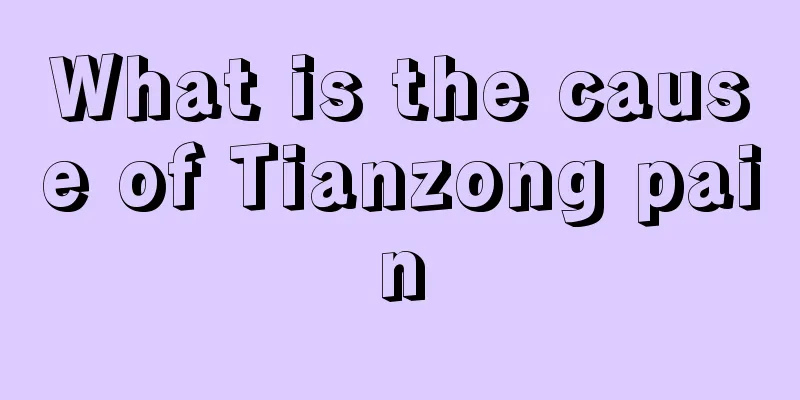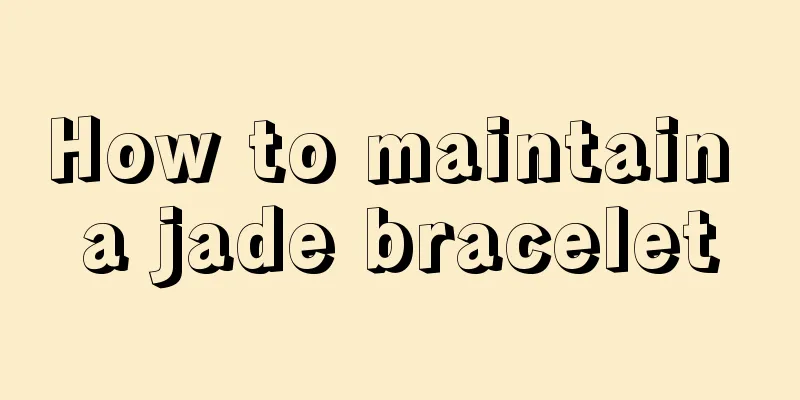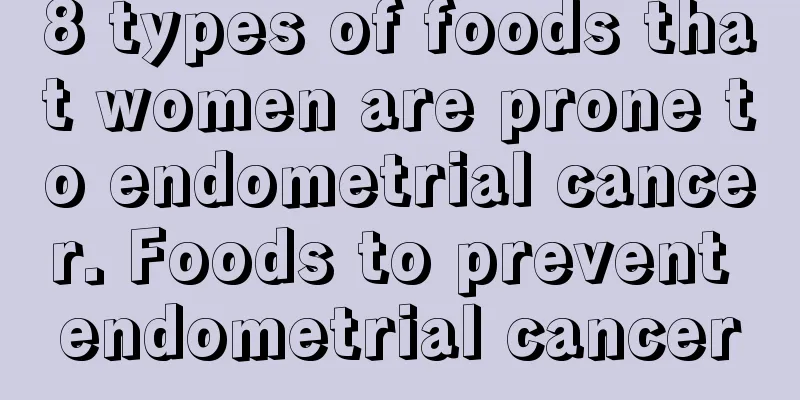Plastic baby bottle

|
A bottle is essential for feeding a baby. Because the baby's resistance is relatively low, when feeding the baby, you must choose a safe and harmless bottle. Plastic baby bottles are a type of baby bottle that parents prefer to use. There are many kinds of plastic materials. Generally speaking, plastic bottles made of different materials have different characteristics and their own advantages and disadvantages. The following is a detailed introduction to the relevant knowledge of baby plastic bottles. 1. PC baby bottle PC is polycarbonate, which is a material that is used in large quantities, especially in the manufacture of baby bottles, space cups, etc. It is controversial because it contains bisphenol A. The higher the temperature, the more bisphenol A remaining in PC will be released and the faster it will be released. Therefore, PC water bottles should not be used to hold hot water. In view of the potential hazards of bisphenol A in PC baby bottles, my country has banned the production of PC baby bottles and other infant food containers containing bisphenol A since June 1, 2011, and banned the sale of baby bottles containing bisphenol A since September 1, 2011. 2. PP baby bottle PP, also known as polypropylene, is lightweight, drop-resistant, easy to clean, safe and does not contain bisphenol A. It is widely used in materials for baby bottles and tableware. Advantages of PP baby bottles: do not contain bisphenol A, are not easy to break, are resistant to high temperatures and have good stability. Disadvantages of PP baby bottles: poor hardness, not wear-resistant, once the baby bottle is broken, it needs to be replaced in time. 3. PES bottle PES is polyethersulfone resin, a transparent amber amorphous resin with excellent heat resistance, good dimensional stability, and good chemical resistance. PES has excellent reliability against rapid temperature changes and excellent processability, which makes PES widely used. Advantages of PES baby bottles: high heat resistance, can withstand heat up to 180°C, does not produce bisphenol A when heated, and the bottle is light. Disadvantages of PES baby bottles: The remaining milk stains are not easy to clean and they should be replaced about every six to eight months. 4. PPSU baby bottle PPSU is polyphenylene sulfone, an amorphous thermoplastic with high transparency and high hydrolytic stability. The product can be subjected to repeated steam sterilization. Advantages of PSU baby bottles: The bottles are lighter, less likely to break and drop, less likely to produce chemical toxins when heated or sterilized by steam, do not contain endocrine disrupting carcinogenic chemicals (environmental hormone bisphenol A), are heat resistant to 180°C, and can be heated in a microwave. Disadvantages of PPSU baby bottles: easy to leave milk stains, difficult to clean, and easy to scratch. |
<<: What is the best sleeping position
Recommend
Does pearl powder reduce inflammation?
Pearl powder can clear away heat and detoxify, cl...
Calories of a roast duck
Roast duck is a delicacy that we often eat in our...
Skin like snake skin in winter
Snake skin is a common skin condition. Some peopl...
What are the causes of cervical cancer? Do I need to pay attention to sexual behavior to prevent cervical cancer?
The cause of cervical cancer (i.e. cervical cance...
Why does redness and swelling occur after receiving the pentavalent vaccine?
Vaccines are very important medicines in life. Pe...
What items are included in the bladder cancer review?
There are two most important examinations in the ...
What are the common methods to prevent cervical cancer? If you want to prevent cervical cancer, you can exercise more.
How to prevent cervical cancer Eat more vegetable...
Will low blood pressure cause headaches?
Hypertension and hypotension are both relatively ...
Effects and functions of Ruyilong fungus powder
Ruyilong mushroom powder is a health food that ca...
If a toe is swollen after being kicked, is it a fracture?
If you don't pay attention to your toes, they...
What are some healthy ways to remove grease stains?
Oil stains are very annoying, especially on cloth...
How to treat poor sleep?
The problem of sleep may seem small, but poor sle...
Does cervical cancer have genetic factors?
The length of survival of cervical cancer patient...
How to remove the odor of pig's feet
Pig's feet are pig's trotters, which are ...
Corn stalk silage method
Corn stalks are the branches of corn. Generally s...









